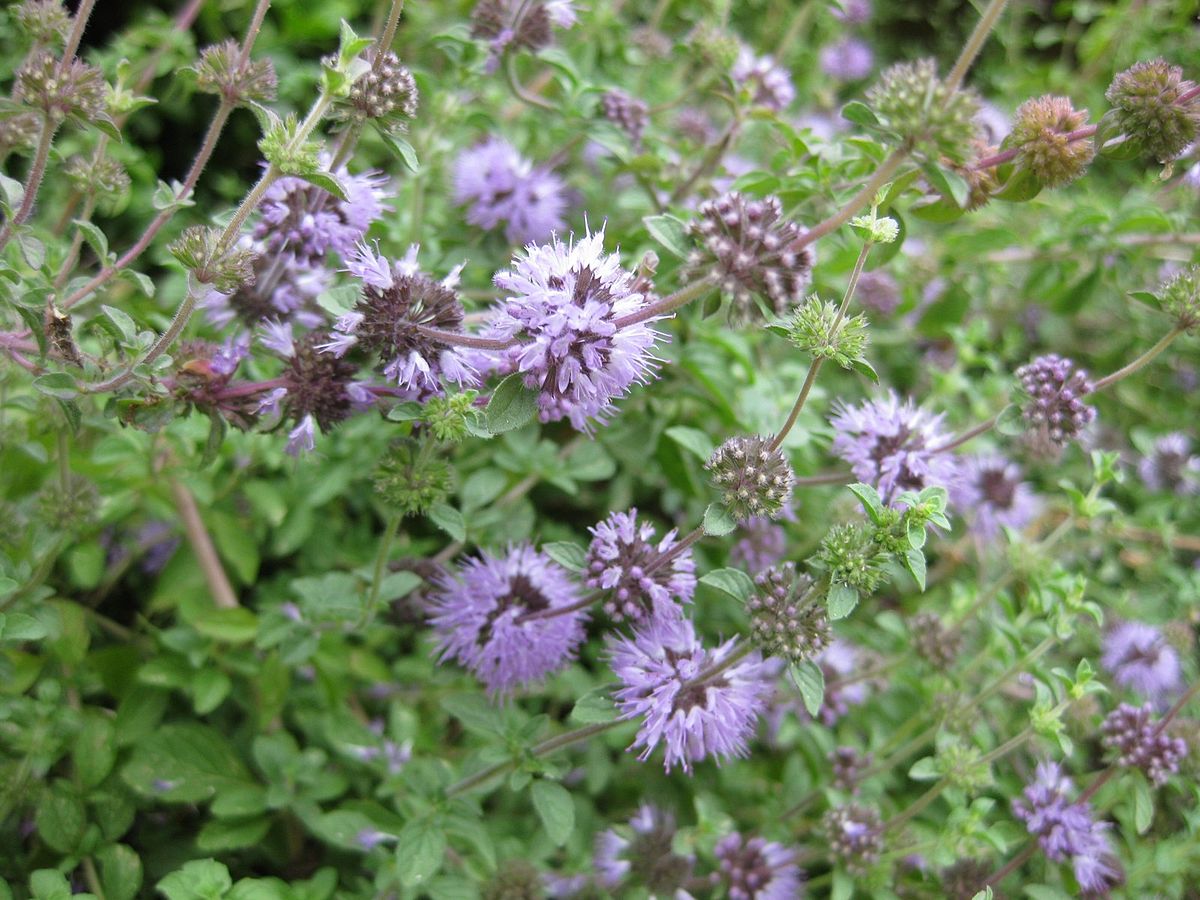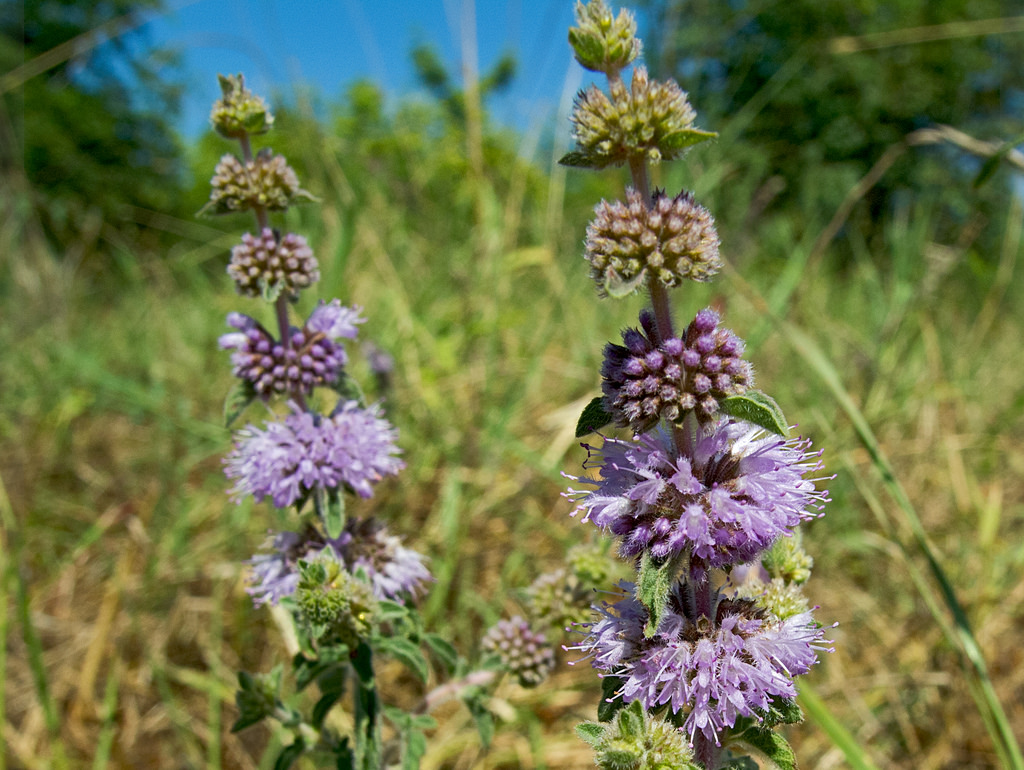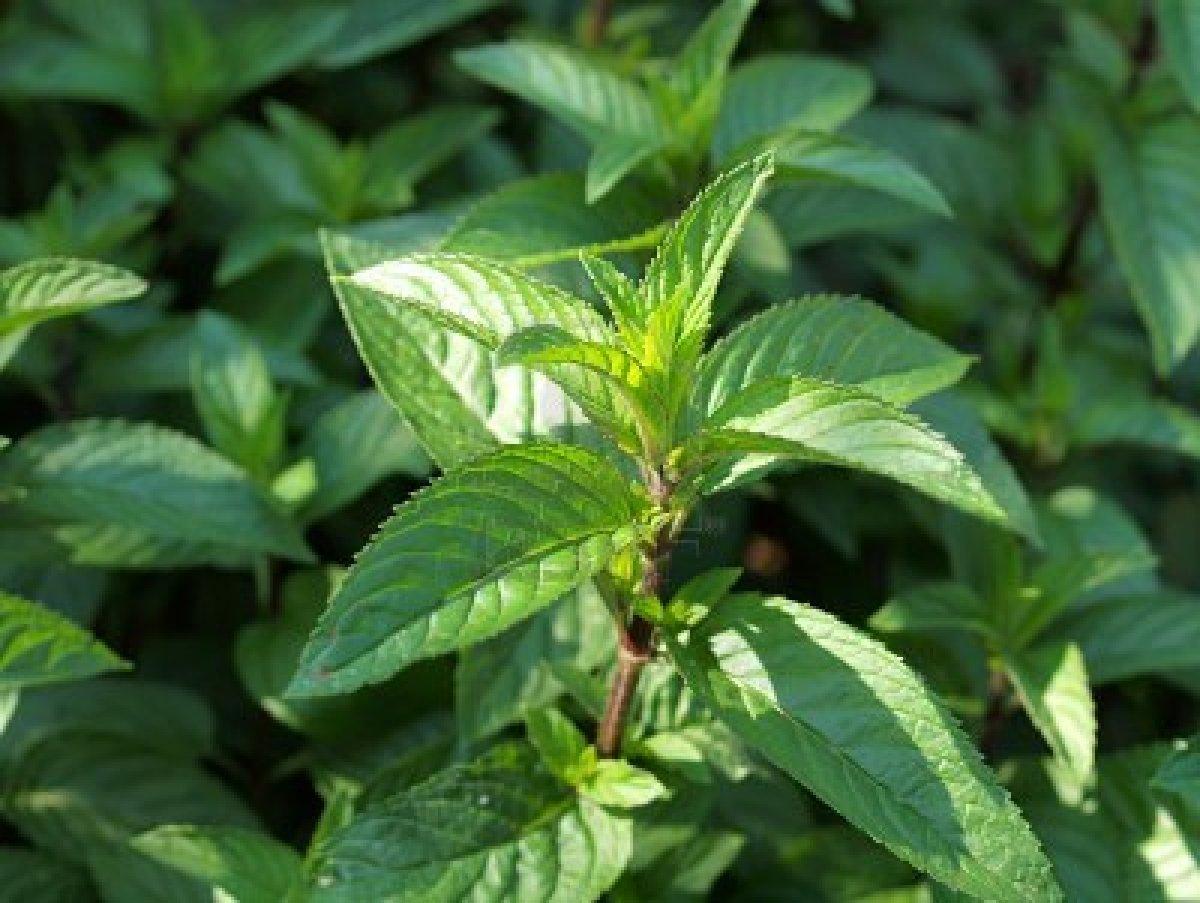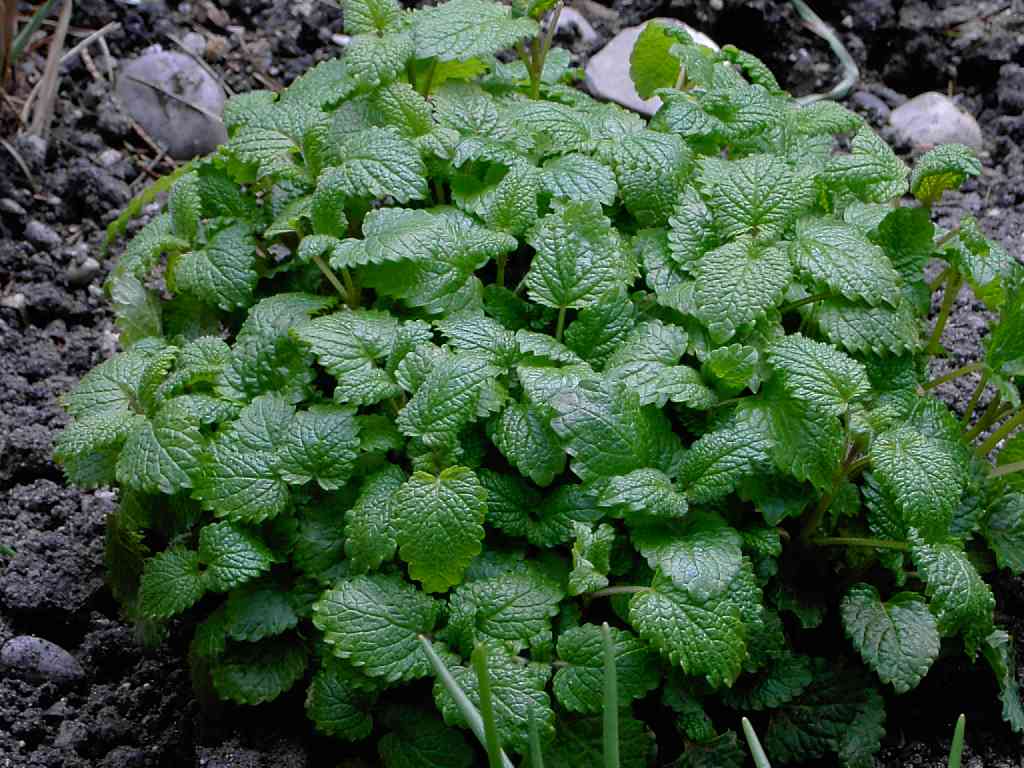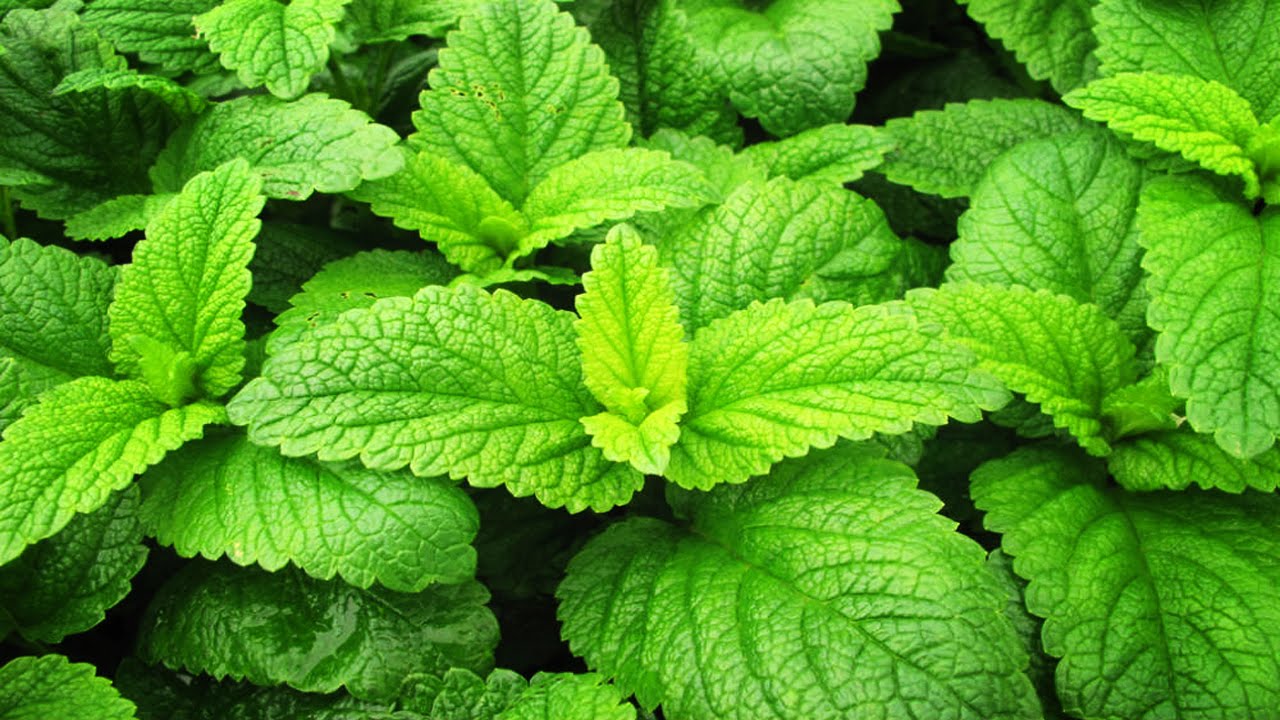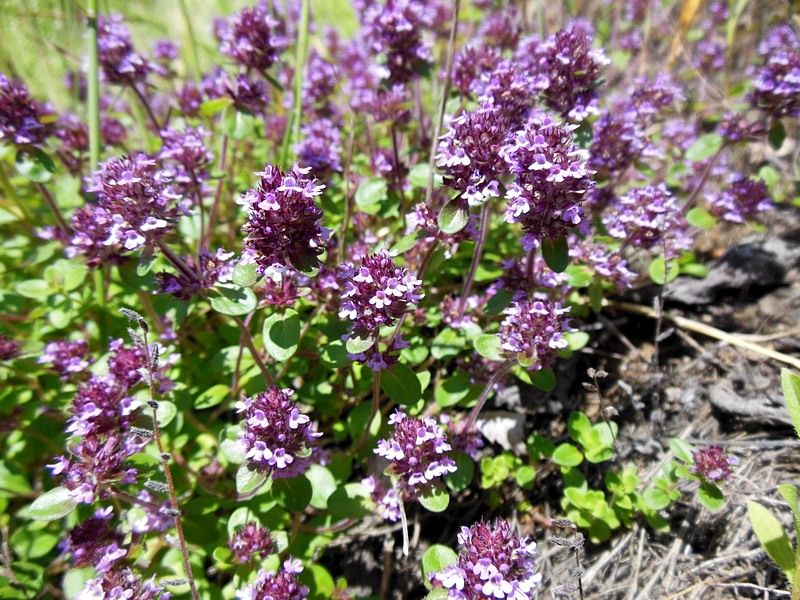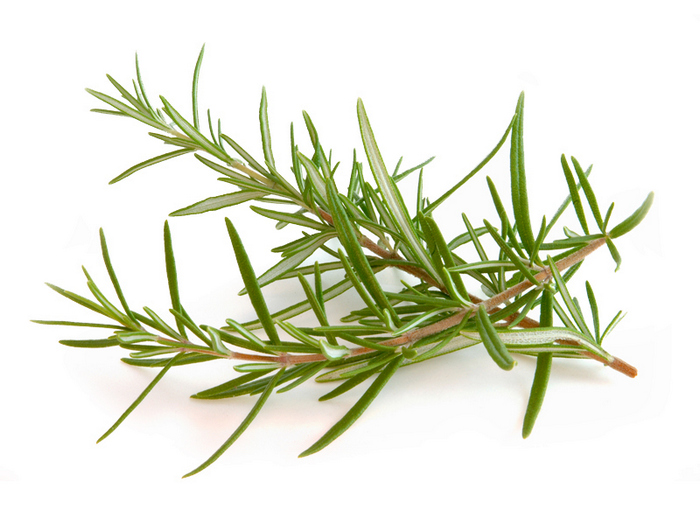A fragrant plant of the Lamiaceae (or Lipocytes) family, called mint, has been known and widely used by mankind for a long time (the first mentions are found even in the Old Testament books!) In various areas of its life.
Mint bushes are of various types and varieties, which can differ significantly from each other in different ways:
- fragrant mint;
- field mint (meadow) - medicinal wild plant, also used as a spice;
- forest mint or oregano is a wonderful plant for any first aid kit;
- mint with apple flavor;
- mint with menthol scent;
- mint, nicknamed curly for the original swirling leaves;
- decorative mint;
- peppermint - with a slight recognizable flavor, the most common type of this plant;
- home (indoor) mint or plectranthus with falling branches, used only as a decorative flower.
Sometimes lemon balm is also considered to be mint - a perennial, also known as "honey slipper" or "mead". Melissa is grown commercially in the Mediterranean region and is used as a source of vitamins, carotene and essential oils, as well as an unrivaled honey plant. The differences between mint and lemon balm plants are quite significant:
- a single stem in mint and a branching one in lemon balm;
- menthol scent of mint and lemon - in lemon balm;
- there are much less essential compounds in lemon balm than in mint;
- mint blooms with spikelets, and lemon balm - with false rings.
You can find mentions of mint and menthol as synonyms, however, there is a difference between the concepts of menthol and mint: the second is an herb, and the first is a separate chemical that is contained in mint (and also in eucalyptus) in large quantities.
Description
Of all the varieties of mint, mint is distinguished (the name "flea" or Georgian ombalo is also used). In terms of external characteristics, this type of mint can be very different from the same meadow mint or garden mint.
This perennial reaches a maximum of half a meter in height (although there are also "champions", 1 meter high), the stems are smooth, rounded on the cut, the branching shoots are horizontal. Ovate matte leaves are green with a grayish tint, slightly pointed at the ends, serrated at the edges and covered with the finest hairs, have a characteristic delicate and light menthol aroma.
Each leaf, sitting on a short petiole, is located opposite the other, its length is about 2.5 centimeters, and its width is one and a half. Mint inflorescences are numerous and lush, each flower enters a peduncle, similar to a multi-tiered spikelet, they are small, purple in color, closer to pale purple. The corolla of the mint flower has two valves and four petals, while the lower ones are smaller than the one at the top. Mint begins to bloom in June and continues until mid-autumn (most often until September).
The root of the plant is ordinary, filamentous, fibrous, rather branched, which is typical for all varieties of wild and domestic mint.
What a mint fruit looks like is rarely seen, because fruiting is a rather rare phenomenon for this perennial. The fruits (they are called nuts) are placed in cups, they are rough to the touch and covered with villi. Usually there are four nuts on one stalk.
Specifications
Marsh mint is widespread on almost all continents, especially in the Caucasus and in the Mediterranean Sea.
The plant contains a large amount of an essential component, the components of which are:
- pullegon (more than 90%);
- azulene;
- limonene;
- menton;
- dipentene.
The composition is determined by the place of growth. The oil is present mainly in foliage and shoots; extraction is carried out from fresh or semi-dry plants with flowers by steam distillation.
Also mint contains tannins, flavonoids, vitamin "c" and carotene pigment.
Useful properties, methods of application
Swamp mint got its name from the Latin designation for fleas, since traditionally this plant was used to get rid of these harmful insects (by smoke from burning leaves and stems). Today, mint mint is used as a repellent against mosquitoes, flies, moths and even rattlesnakes.
Mint, or ombalo, has a mild taste and does not "cool" much, this property allows you to widely use this herb as a spice (both independently and as part of the most famous Caucasian seasoning "khmeli-suneli") for meat dishes cooked on fire : shish kebab, kebab, young lamb.
Marshmint is one of the main components of tkemali sauce; young growth is used: leaves and shoots. Besides the special taste, it also prevents the sauce from fermenting during the cooking process. Dried and crushed, Marshmint can be used as a seasoning for meat and cereal soups, stews and marinades. The refreshing taste of ombalo is great for kvass, juices and fruit drinks, and alcoholic and non-alcoholic drinks, teas, pastries, sweets, sweet and fruit desserts (especially from prunes and apricots) are flavored with it.
Swamp mint is more widely used in medicine. Traditionally, it is used as a therapeutic agent against fever, migraines, spasms of various etiologies, bronchial asthma and bronchitis, gallstones, increased gas production and diseases of the stomach and colon. Due to its anesthetic, anti-inflammatory and antibacterial properties, the plant also:
- helps to cope with pain of various origins;
- calms the nerves;
- improves sleep and concentration;
- improves metabolism and urinary function (diuretic effect);
- normalizes cardiac activity;
- relieves headache from migraines;
- treats skin diseases;
- helps to get rid of bronchitis and asthma (due to the expectorant effect);
- sanitizes the oral cavity and strengthens the gums.
Peppermint essential oil has an antiseptic effect.
Note! Swamp mint oil in large doses is quite toxic - it can cause impaired kidney and brain activity and even liver necrosis. It is dangerous to use Marshmint essential oil by pregnant women - this is a direct contraindication, since the high content of pulegon has an abortive effect (some use this plant for such purposes), and it can also harm babies.
Marshmint is a useful herbal product for use in homeopathic treatment. Its healing cleansing properties also pass into the water, on which the leaves or stems of the plant were infused. In folk medicine, they prefer to brew dried mint leaves in the form of tea and tea collections.
Growing and care
Both wild and domestic species of mint prefer areas rich in sunlight.Best of all, this plant grows on moderately or highly moist soils, the composition of which depends on the specific species, however, an increased content of mineral salts is desirable. The land should be fertile and well-drained.
Two types of cultivation of marsh mint are used: seeds and vegetative way. Its seeds are unusually small in size, have good germination capacity in sufficient sunlight. The work on growing new plants will start in early spring, in March. When sowing seeds directly into the soil, for convenience, you can mix them with fine sand or coffee grounds - this way the young shoots will have additional feeding. The seeds laid out on the ground should be sprinkled on top with a layer of soil, slightly moistened and covered with polyethylene on top. If it is planned to initially germinate mint, the bowls with the laid out seeds are placed in a warm lit (but without direct rays) place (ideally a window sill above the battery) and wait 2-3 weeks for shoots to appear.
After germination, young plants dive and move to other containers for gradual accustoming to coolness.
By the end of April, mint is ready for planting in the beds (temperature is about +20 degrees). The pits in the soil should be large enough to accommodate a lump of earth in which the seedling will hatch. It is advisable to make a step between the holes at least 0.3 m.After placing the young growth in a new place, each plant must be sprinkled with earth, lightly tamped for stability and watered.
An innovation in the cultivation of mint is the use of seeds placed in special gel mini-containers that protect the seeds from excessive and insufficient moisture, as well as from frost on the soil.
If Marshmint is not a new plant for the garden, it can be propagated vegetatively, using cuttings. The description of the method is very simple. Small 15-centimeter shoots are pinched off from the main stem and placed in a container of water. After the first root shoots appear, new mint plants are planted in the soil in the right place, according to the technology used for the seeds.
This usual method of cuttings is not entirely suitable if it is necessary to increase the yield of mint, because in this case the old bushes quickly wither, and new shoots prevent each other from developing fully. To prevent this from happening, the plant dug out of the ground from the ground is divided into several parts so that for each share there is a root with 9-10 buds. After that, all parts are placed each in its own hole, covered with a layer of soil, lightly rammed and watered. Experts recommend making such a division once every 4-5 years.
Maintenance work is not at all burdensome: periodic loosening, weeding of weeds, drainage as needed. It is advisable to prepare the soil even before planting seeds or seedlings by introducing several kilograms of mullein manure. For better branching of mint plants, you can periodically pinch the tops of the stems.
In the future, care should be taken that the planted plant does not spread too extensively by self-seeding, for which a small barrier is made of bricks or plastic.
There will also be benefits from a plant, in the absence of a bed planted in a pot on an ordinary city balcony, for these purposes it is better to use cuttings propagation.
Planting mint should be protected from numerous pests, while it is advisable to avoid chemical remedies, since the plant is almost entirely used for food.
The genus of mint consists of more than fifty species, one of the most interesting and useful is swamp mint, which can be used as a seasoning, as a medicine, and as a repellent. This plant with a characteristic delicate menthol-citrus aroma and taste can be easily cultivated in your area.
